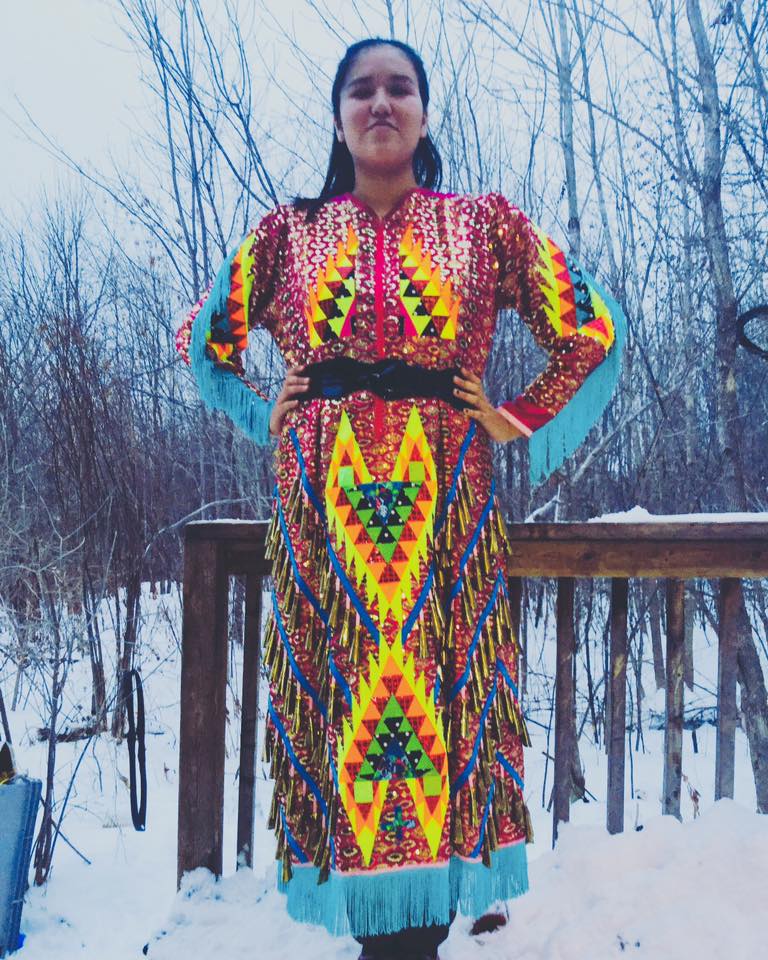
By: Laura Kakeeway, Naotkamegwanning Band Manager
The Naotkamegwanning Water Treatment Plant (WTP) was originally constructed in 1998. However, the plant’s treatment system, an Ecodyne Graver Monoplant process, was purchased in a used condition – making it 27 years old and obsolete in its current age.
Detailed designs and specifications were completed in 2011 to upgrade the process to a membrane treatment system. At that time, funding was not sufficiently available to move into construction.
Naotkamegwanning First Nation secured funding for a $2,666,666 sum through the Small Communities Fund, provided by the Government of Canada. Naotkamegwanning FN retained the original engineering company, JR Cousin Consultants (JRCC), Ltd., to update the design from 2011 which had then replaced older versions with a new concept.
Indigenous Services Canada further funded the major WTP upgrade totalling an overall sum of $4,788,376.
Penn-Co Construction Canada, Ltd., was contracted as a ‘tender of construction’. Following this, the project team hired a Project Manager, Ingram Consulting, Ltd. In the early stages, the project team were only representatives of Naotkamegwanning First Nation and Ontario First Nation Technical Services (OFNTSC). It soon grew as every company was brought aboard including ISC representation.
Currently, the upgrade is near completion – with only a few weeks to go. The water treatment plant operators have been participating in an intensive training plan that will continue to carry on throughout the year.

“Our mandate is to move Whitefish Bay operators up a level, and for them to be confident running the plant”, says Overall Responsible Operator Marty Clement, who was hired under Ontario First Nations Technical Services Corporation (OFNTSC).
The community has been drinking water from the new membrane treatment system for weeks. The plant is also equipped with a UV system as a second barrier from harmful bacteria. The WTP’s UV system disables any harmful microorganism’s ability to reproduce by effectively aggressing their DNA.
“The water has never been clearer or tastier. This is because we require less chlorine to disinfect as a result of our new, advanced filtration system”, says Penn-Co Operator Ryan Craig
The Naotkamegwanning FN Band will be celebrating with the community in early summer of this year. Please stay tuned for the official ribbon cutting ceremony and an opportunity to tour the plant.




